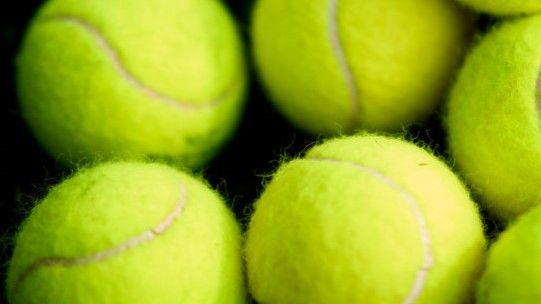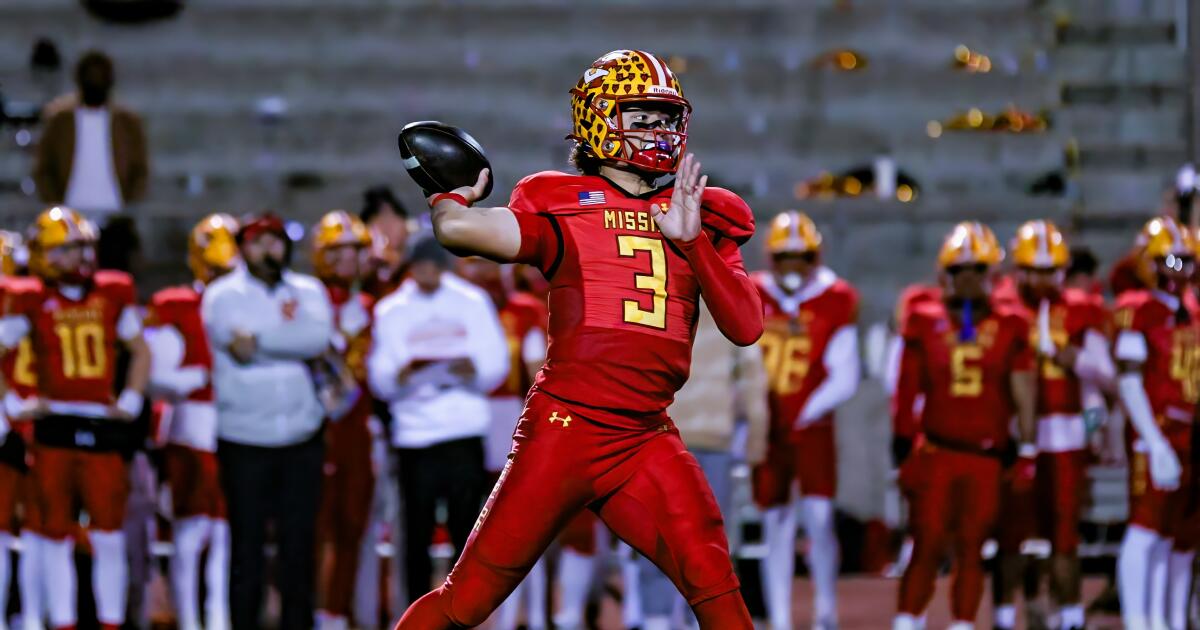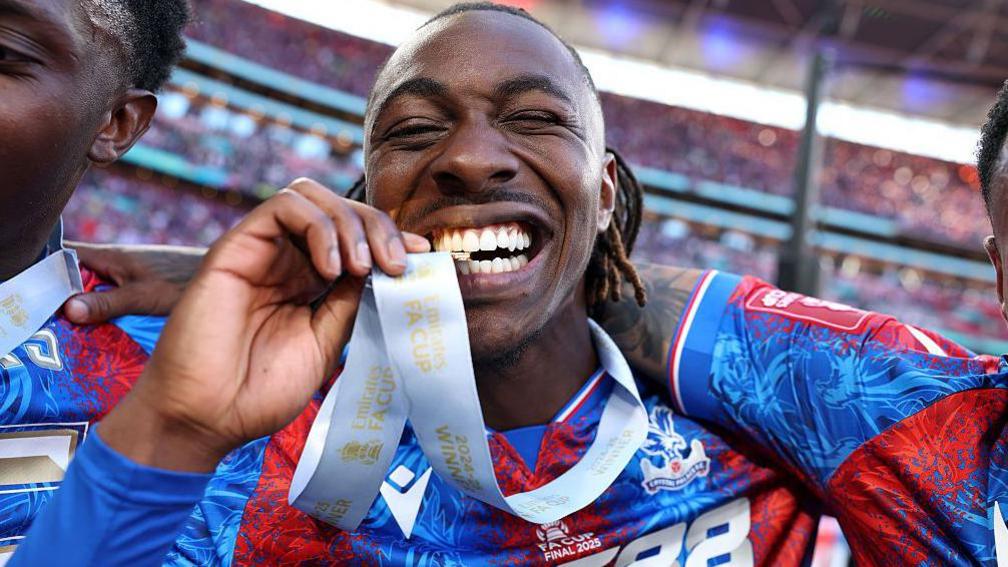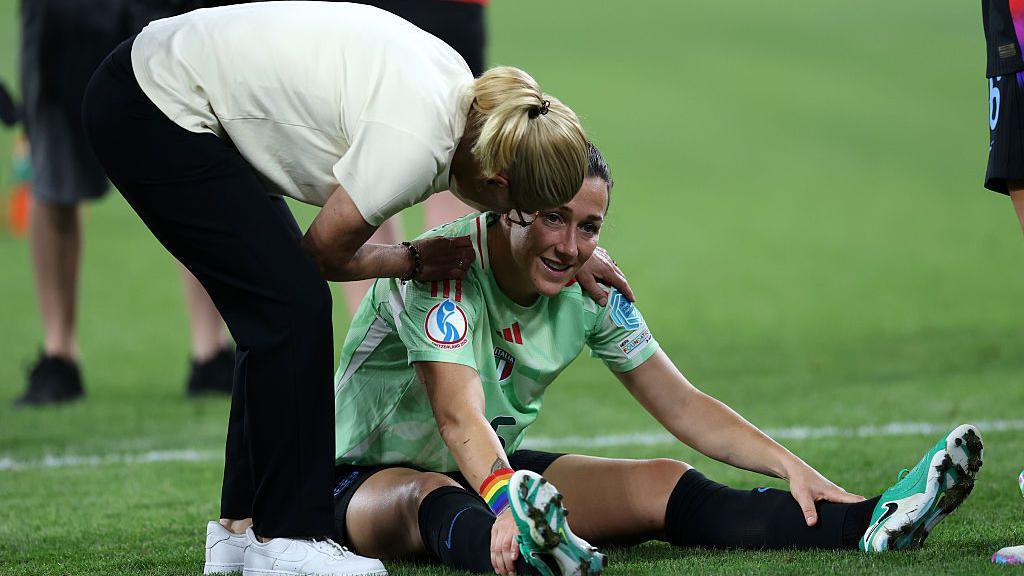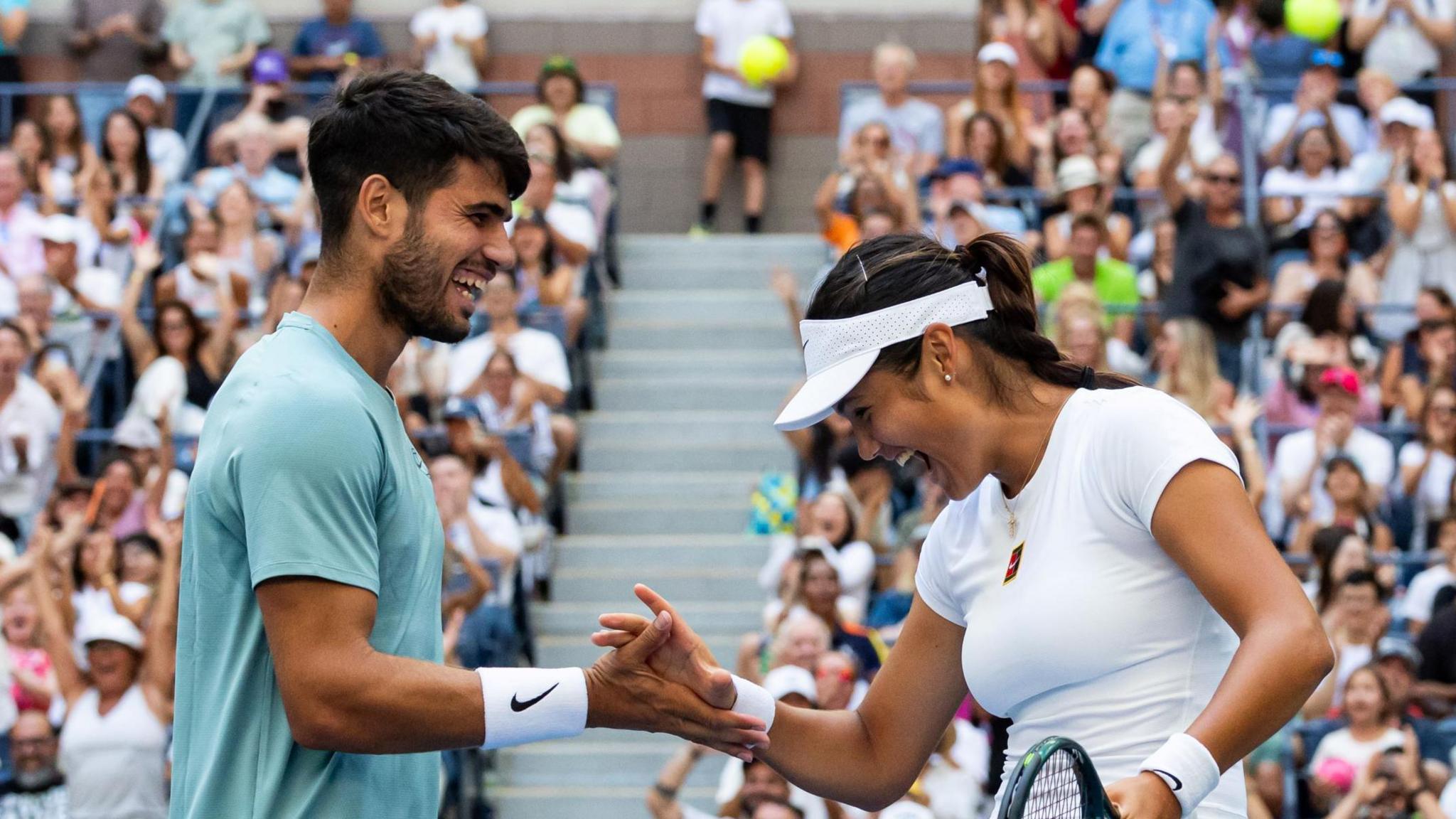
“There is only one thing in life worse than being talked about, and that is not being talked about.”
Oscar Wilde was not talking about mixed doubles tennis. But his quote could easily be applied to an event which some felt needed new life breathing into it.
The US Open’s decision to revamp its mixed doubles – enticing singles superstars with lucrative cash incentives, a shortened format and slot before the other main draws – certainly got people chatting.
Previously, it would be lost and largely forgotten in the midst of finals weekend.
The United States Tennis Association (USTA) opted to make an innovative move – but it divided opinion among those who love the sport.
“I know it created a lot of reaction and [it was] somewhat bold to do it,” said three-time Grand Slam singles finalist Casper Ruud, who teamed up with six-time major champion Iga Swiatek and finished as runners-up.
“You can’t argue that it’s not been great for the fans.”
Was attracting the big names an effective way to attract more eyeballs on the sport? Yes.
Did it also rip away a 138-year tradition and rob most specialist doubles players of a shot at a major title? Yes.
In the end, the curtain-raising event – spread over two days in what is traditionally qualifying week – led to a fitting final on which polarising narratives hung.
Sara Errani and Andrea Vavassori, the defending champions and only recognised doubles pairing in the 16-team event, were aiming to win for the greater good of their discipline.
One of their peers, Australian player Ellen Perez, spoke for many when saying she had “never felt more Italian” as she supported them.
Losing to Swiatek and Ruud – who had never played together before this week – would have been a blow for the doubles community.
Instead, Errani and Vavassori’s triumph made the case to find room for more doubles specialists if, as expected, the format returns next year.
“We showed that doubles is a great product and in the future we need more marketing and visibility,” Vavassori pleaded to the US Open decision-makers.
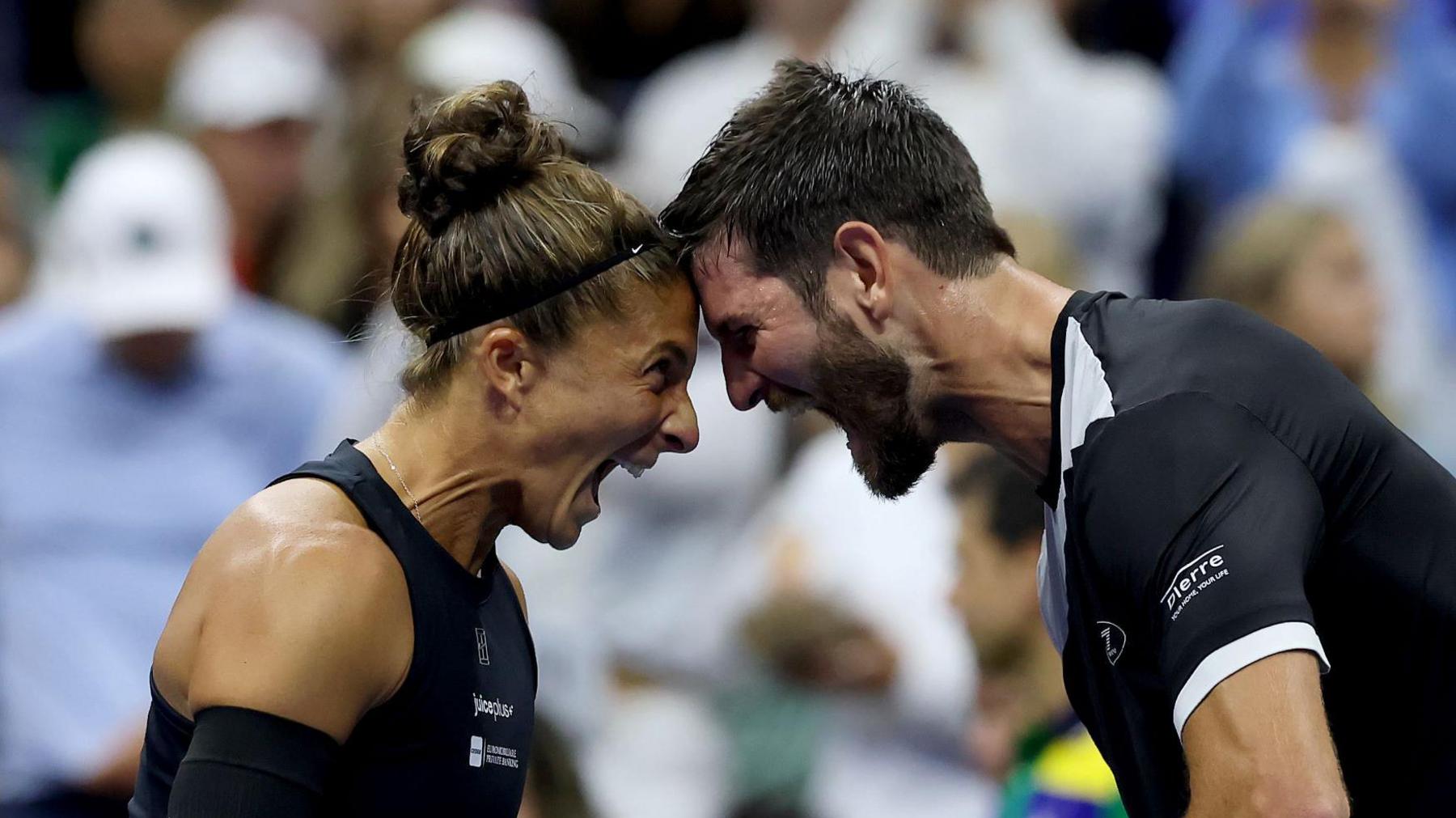
Ultimately, the two-day doubles party – where courtside DJs pumped up the extremely healthy crowds and encouraged a raucous atmosphere – will be considered a success.
Britain’s Jack Draper, who is ranked fifth in the ATP singles rankings but has limited doubles experience, said he thought it was a “great” event.
“If I wasn’t playing the mixed here, I’d be training. I prefer playing on a big court in front of people. It gets your eye in quicker,” he said.
After the opening day’s action, Draper made a Freudian slip which initially proved quite telling.
Draper was playfully scolded by his partner Jessica Pegula for describing the new-look event as an “exhibition” – a word used disparagingly by its detractors.
But, following their semi-final exit, Draper was keen to point out the event did not feel like a ‘hit and giggle’ after all.
“[On Tuesday] there were times where it felt a little bit more that way from our opponents,” he said.
“Whereas tonight we were in the changing rooms, you’re seeing Iga and Casper, they’re fully dialled in. It was intense.”
The fans on the ground in New York also demonstrated their appetite for something different.
On the opening day, the 25,000-seater Arthur Ashe Stadium was about two-thirds full when A-List pairing Emma Raducanu and Carlos Alcaraz walked out to a pop star-style reception.
For Wednesday’s semi-finals and final, where face-value tickets ranged from $50 (£37) to $262 (£195), it was just short of a full house with only a sliver of empty seats at the very back.
Ticket-holders Hilary Hamm and Maria Segovia – ardent tennis fans who have previously travelled from New York to Wimbledon and the Australian Open – admitted they have rarely watched mixed doubles in the past.
“Moving it from finals weekend and making it a standalone event caught our attention,” said 32-year-old Maria. “If it is going to increase crowd engagement, then I’d definitely to see more events like this.”
Hilary, also 32, added: “I think it’s been amazing. Watching the women leading the male partners has been particularly inspiring and shows tennis needs a strong mixed gender competition featuring the stars.”
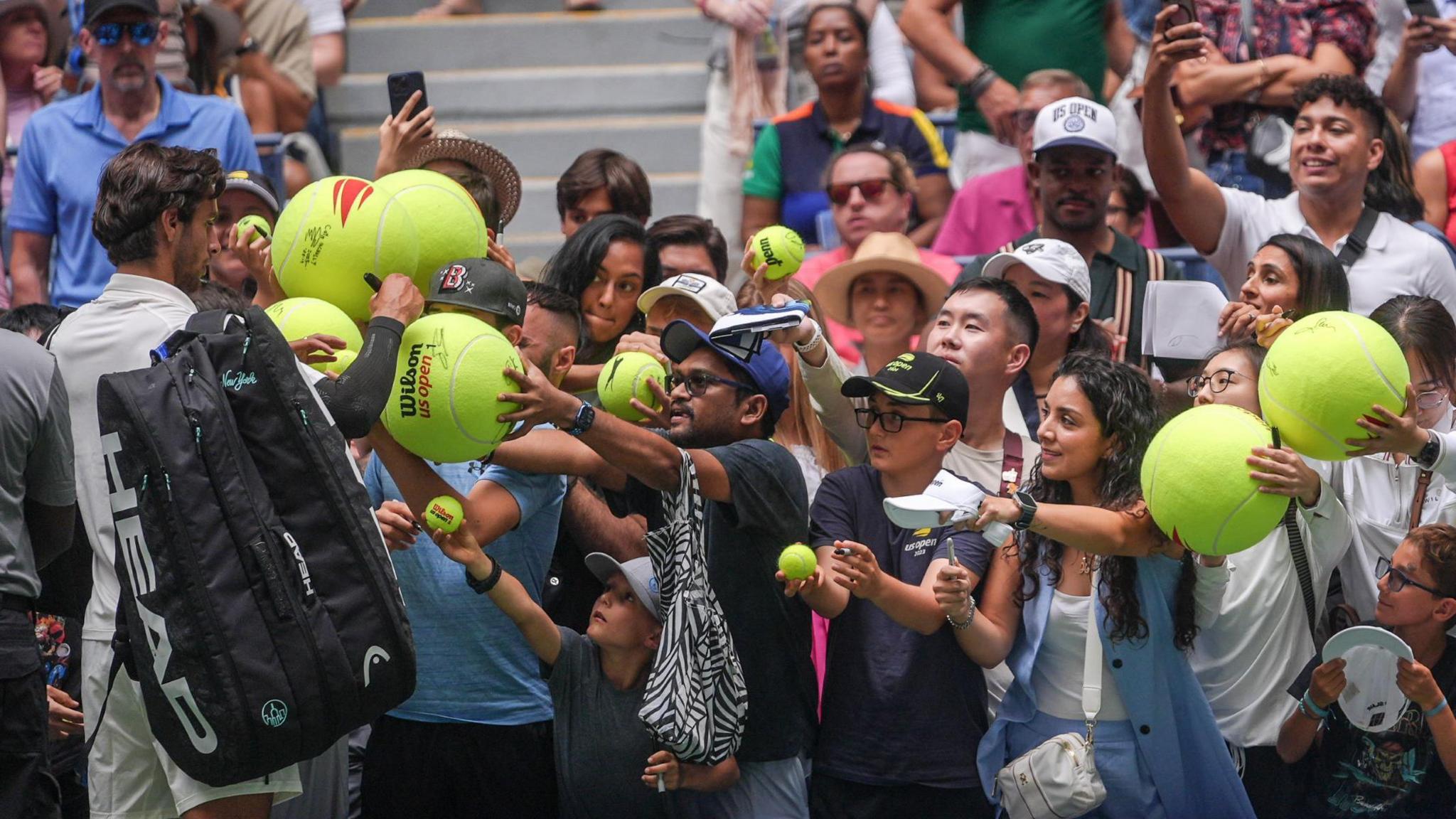
The reaction of fans online was more mixed, with some readers’ comments on the BBC Sport website’s pre-tournament analysis piece particularly critical.
One described the event as “a complete farce”, while another said it was a “shameful idea”.
A poll in the piece showed 70% of our readers thought the overhaul was a bad move.
The good news for purists is the other three Grand Slams – the Australian Open, French Open and Wimbledon – are thought unlikely to follow suit in the near future.
Tennis Australia is equally as bold as its American counterpart, but does not have the same financial clout to offer the mountain of prize money and sweetening appearance fees.
Neither does the French Open or Wimbledon. Also, the two oldest Grand Slam tournaments are generally more reluctant to deviate from time-honoured traditions.
Draper, 23, is among the group who would like to see more change, saying it would be “cool” if all the majors adopted a similar approach.
He can be sure the power-holders in Melbourne, Paris and London will have been watching the New York trendsetters with intrigue.
Related topics
-
-
5 days ago
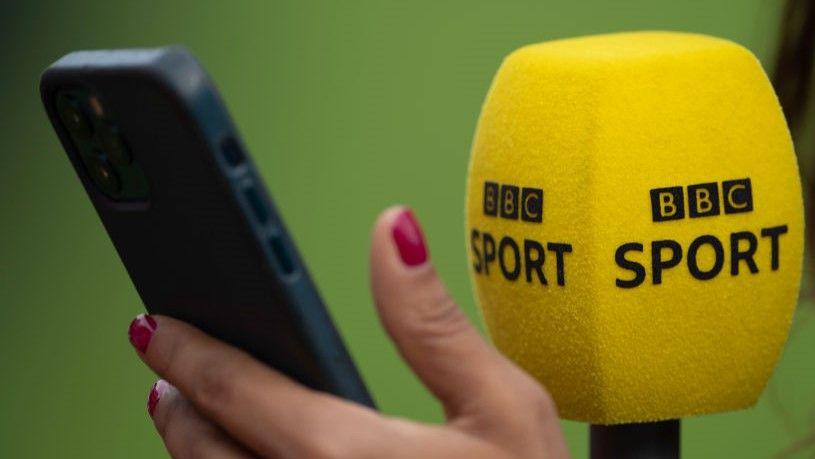
-

